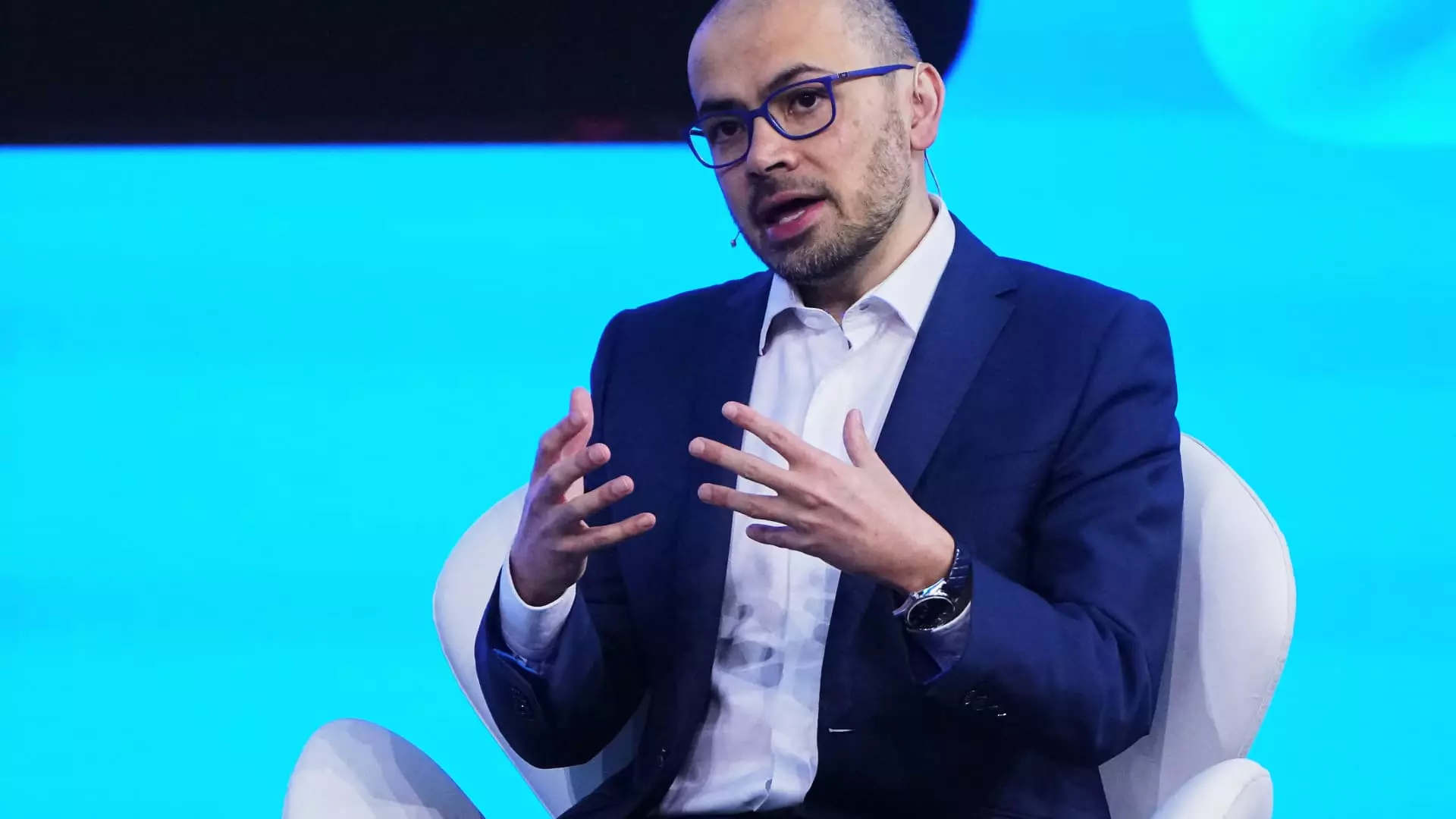The recent statements made by Demis Hassabis, CEO of Google DeepMind, regarding China’s AI enterprise, Deepseek, have sparked considerable interest and debate in the technology community. With claims of delivering one of the most impressive AI models emerging from China, Deepseek has stirred the pot in a landscape that is typically dominated by major players like Google and OpenAI. However, while Hassabis commended the engineering behind Deepseek’s model, he also pointed out that there has been notable exaggeration surrounding its significance, stating, “there’s no actual new scientific advance.” This raises the question of how advancements in artificial intelligence are measured and perceived in an increasingly competitive geopolitical environment.
Hassabis highlighted a crucial reality in the AI industry: the ongoing race for dominance is often linked to cost and efficiency rather than groundbreaking innovation. The launching of Deepseek’s AI model, which purportedly reduces the development costs significantly while utilizing less advanced hardware, suddenly placed the spotlight on the efficiency paradox. If this model can perform comparably with leading systems at a fractional cost, it indicates a shift in resource allocation—one that might signal a reevaluation of investment strategies among AI giants. Yet, skepticism arises as experts debate the authenticity of Deepseek’s claims, suggesting that the supposed low cost may not reflect the actual development expenses involved.
The Race Towards Artificial General Intelligence
The ongoing conversation around artificial general intelligence (AGI) looms large within industry discussions. Hassabis emphasized that we may be closer than ever to achieving AGI, which refers to a form of AI capable of performing any intellectual task that a human can. His assertion that we could witness the arrival of AGI within the next five years ignites a vision of unprecedented technological evolution but also calls for a rigorous discussion about the societal implications and responsibilities inherent in such developments.
The aura surrounding AGI raises intriguing questions about control and safety. Industry leaders like Sam Altman, the CEO of OpenAI, and Hassabis himself express confidence that we are on a well-trodden path towards creating AGI. However, this sentiment is juxtaposed against warnings from prominent AI figures who highlight the potential risks, such as the peril of humanity relinquishing control over machines that could surpass human intellect. This dichotomy encapsulates the dual nature of technological advancement—a blend of opportunity and danger.
The Need for Ethical Considerations
As discussions escalate around the thriving field of AI, the imperative for ethical frameworks in development becomes increasingly resonant. The implications of creating an intelligence that rivals or exceeds human capability necessitate urgent dialogue concerning safeguards and the overall governance of AI technologies. Given the stakes outlined by experts, including Max Tegmark and Yoshua Bengio, who voice their concerns regarding loss of control over AI systems, stakeholders worldwide must unite to forge policies that prioritize safety and accountability in AI practices.
Society’s preparation for the advent of AGI is paramount. As Hassabis warns, “we need to derive the benefits from that and… mitigate some of the risks, too,” this highlights the necessity for interdisciplinary collaboration—merging technological innovation with ethical scrutiny. Governments, industry leaders, and academic minds must collaborate to ensure that as AI continues to evolve, it does so within a framework that safeguards human values and societal integrity.
The recent developments surrounding Deepseek’s AI model and the reiteration of the impending AGI paradigm necessitate a critical lens through which we examine the trajectory of artificial intelligence. While technological advancements may not always herald revolutionary change, they do pose invaluable inquiries about our approach to innovation and responsibility. As we stand on the cusp of potentially monumental shifts in our relationship with technology, the balancing act between leveraging AI’s vast potential and mitigating its risks remains the crux of our ongoing dialogue. The future of AI lies not only in technical prowess but in our collective commitment to ethical stewardship.

